Inside the decade-long quest to bring a missing Tuskegee Airman home
- By Hope Seck
Share This Article
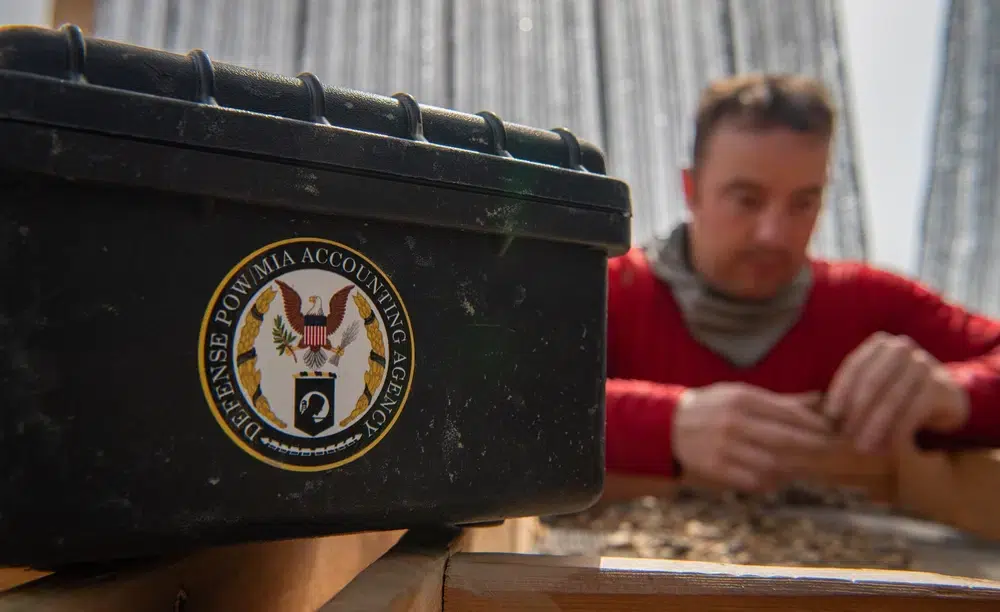
For the U.S. military, the commitment to “leave no one behind” doesn’t end on the battlefield. With 81,000 service members still unaccounted for from past wars including World War II, the Korean War, and Vietnam, a little-known Pentagon agency works around the clock to identify and recover remains of the fallen, to ultimately reunite them with surviving family members. As the case of 2nd Lt. Fred Brewer, one of the famed Tuskegee Airmen, shows, this process often involves sophisticated detective work and diplomacy, and can unfold over a decade or more. On September 1, the Defense POW/MIA Accounting Agency (DPAA) announced it had identified Brewer; the remains of the 23-year-old fallen P-51C Mustang pilot were honored in a moving family memorial ceremony in early December.
For Josh Frank, a DPAA research analyst with a background in Army signals intelligence, finding Brewer began with making an educated guess about where to look and what to look for. Frank came to DPAA in 2011, a year after Congress had tasked the agency with locating remains from World War II in addition to more recent wars. This was a massive increase in responsibility; Frank said the vast majority of known missing-in-action troops – about 72,000 – were lost in that conflict.
Frank was assigned to search for pilots whose aircraft had gone down over Italy or the Mediterranean. He began by compiling a detailed spreadsheet containing not only the identities of troops believed missing in this region, based on Army Air Forces records, but also reports of aircraft wreckage and planes seen going down in the area. Then, he sought to cross-reference these reports with the roughly 750 sets of U.S. service members’ remains interred in two cemeteries in Italy supervised by the American Battle Monuments Commission (ABMC). Because these remains were unidentified, they were known to DPAA as The X-Files. Brewer would turn out to be X-125, originally interred in Mirandola, Italy and later buried at Florence American Cemetery.
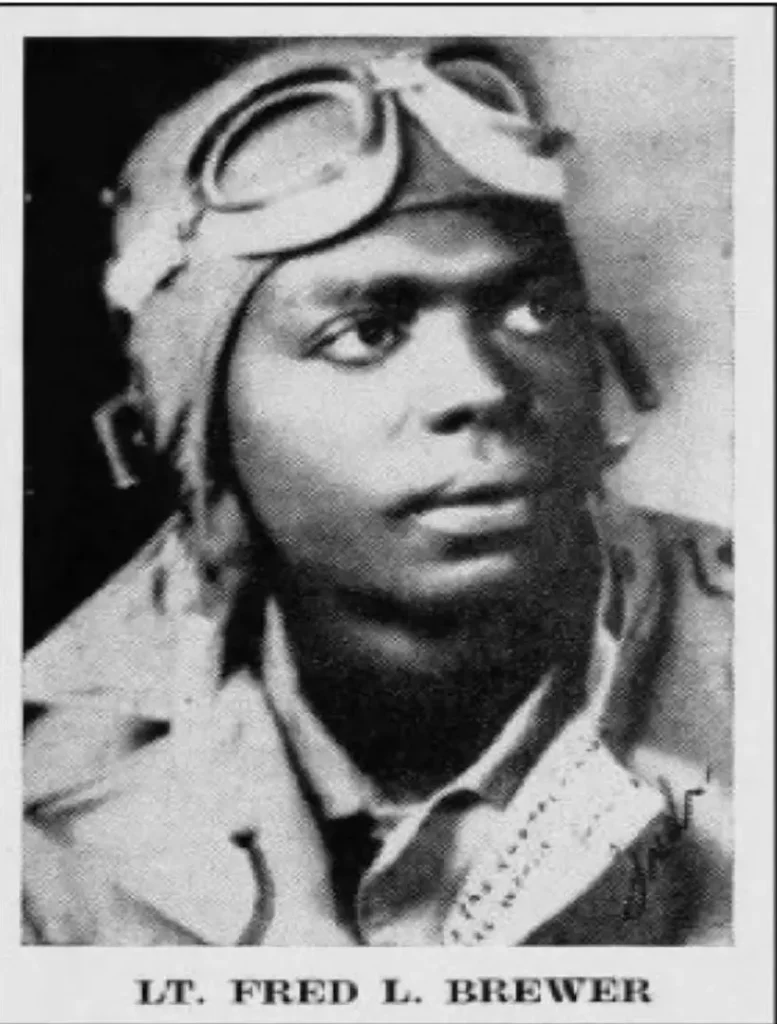
Initially, Brewer wasn’t even on Frank’s list; Frank said the Army Air Forces lieutenant had been listed as missing in Austria.
But a trove of records discovered at the National Archives around 2012 yielded clues that would break Brewer’s case wide open. The records, recovered from the German forces following World War II, were meticulous accounts of Allied aircraft shot down or captured.
“It’s very German, so it’s very detailed. They did a really good job,” Frank told Sandboxx News.
As Frank began to investigate Case X-125, he dug into the records to see if there were any reports from October 29, 1944, which was the day that the service member marked as X-125 had died. Sure enough, there was an entry for a single-engine fighter that crashed, and a description of the region where it went down: near the town Moggio Udinese in Italy’s northeast corner, close to the Slovenian border.
With seven or eight Allied planes known to have crashed on that day, Frank needed to narrow down the possibilities of his mystery pilots. When he had culled the list to two, his habit of networking with World War II veterans paid off for him. Both of the pilots on his list were Tuskegee Airmen, the first group of Black American military aviators, who distinguished themselves with bravery and achievement during World War II. Frank had spoken with surviving veterans of the group at reunions, and one had recounted seeing the other pilot on his list crash in the Adriatic Sea. All the facts were lining up to indicate that 2nd Lt. Fred Brewer was X-125.
But Frank’s sleuthing tasks weren’t done.
“I had met a ton of these Italian enthusiasts who, their hobby is to go out on the weekends and find planes and learn everything that happened, World War II-related, in their towns,” Frank said. “And this one group specifically had an [online] message board. And so I would just kind of [trawl] the message board, without them knowing who I was, to see what everyone was writing.”
Related: This incredible World War II hero was the first Navy SEAL
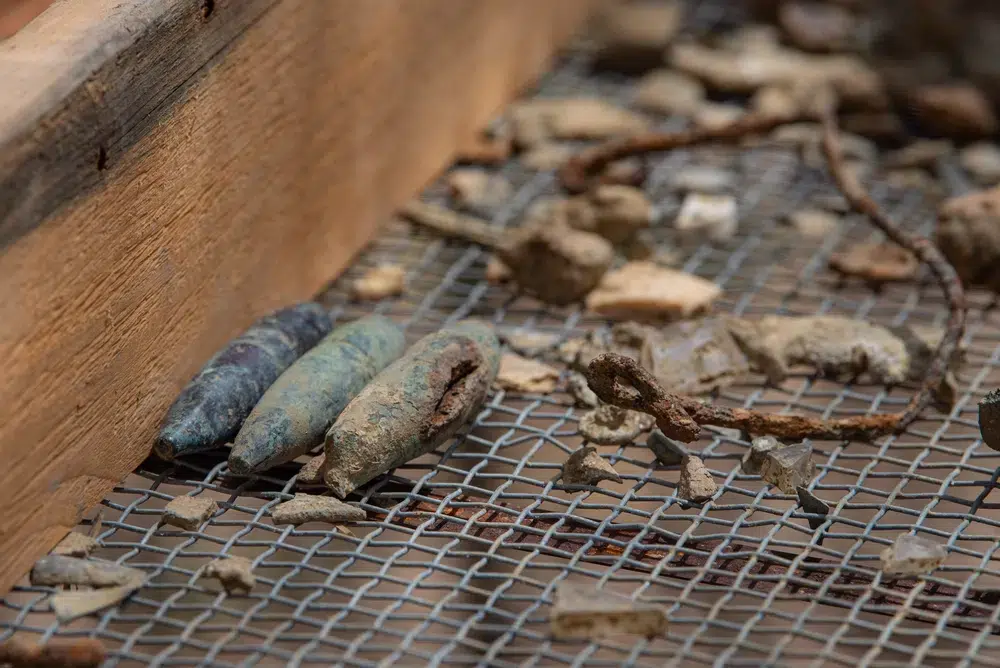
One day in 2013, this monitoring paid off: he came across the account of a farmer who had found plane wreckage on the side of a mountain near Moggio Udinese. He’d taken parts of the plane’s fuselage to make a small memorial to the unknown pilot. Photographs showed a small cross fashioned out of the unconventional materials.
“It’s like a crucifix, but it’s made out of Fred Brewer’s plane,” Frank said. The aircraft was clearly a P-51. At this point, as he said, “We were kind of on a roll.”
Then, however, he hit a legal wall: there wasn’t a formal Defense Department policy governing how and when to disinter the remains of unknown troops within an ABMC cemetery, though a few had been undertaken on a case-by-case basis. In April 2015, as the Pentagon worked to identify Marines and Sailors who’d gone down onboard the USS Oklahoma during the Pearl Harbor attacks, then-Deputy Defense Secretary Robert established such a policy, building in criteria that aimed to balance respect and stewardship of resources.
Under this new policy, Frank would need to present evidence that he had a 50 percent chance or better of making positive identification of remains. To cement that evidence, he’d need to collect a DNA sample from a close family member.
“We don’t want to exhume remains out of their resting place in this beautiful overseas cemetery, unless we really do think there’s a likelihood that we can identify them,” Frank said. “We don’t want them sitting on a shelf in the lab when they could be on these beautiful cemetery grounds.”
Getting the necessary DNA sample involved engaging a genealogist to identify Brewer’s closest relatives. One cousin was thrilled to learn about the project but was not a viable DNA donor; other potential donors refused to have samples taken. While the request might seem simple, Frank noted that, particularly for Black Americans, memories persist of rights violations and dishonest dealings. From 1932-1972, for example, the U.S. government conducted the Tuskegee Syphilis Study, observing 400 Black men with the disease, but never offering readily available treatment.
“They have a real reason to have a distrust of the government when it comes to DNA,” Frank said.
Finally, they found the match they needed in Clement Brewer, Lt. Brewer’s third cousin, and were able to positively identify the lieutenant’s remains.
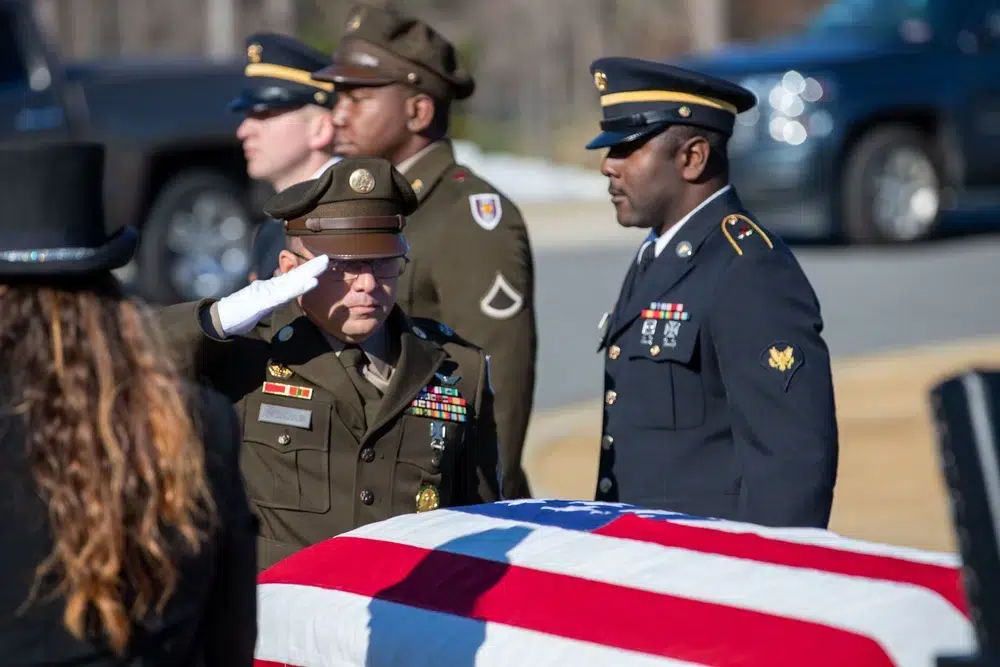
It had been 79 years since Brewer’s Mustang had stalled and dived to earth, and nearly 10 since Frank started working to bring him home.
At a December 6 funeral for Brewer in which military honors were executed and a flag formally presented to a cousin, Brenda, one attendee drove home the meaning of the young pilot’s service and the importance of preserving his story. Frank, who attended the funeral, said another Army Air Forces veteran, Andrew Pendleton, rose to pay tribute to Brewer. A World War II bombardier, Pendleton had been flying one of the bombers Brewer was escorting in his P-51 when he crashed. The emotion in the room was profound, Frank said, as attendees reflected on the sacrifice Brewer had made that allowed others to live.
While Brewer’s story had a particularly special history attached to it, it was just one of the 158 identifications of missing troops DPAA completed in 2023. It’s not at all unusual, Frank told Sandboxx News, for these identifications and repatriations to take years. And when, he said, a quest is completed and a positive identification made, the feeling is indescribable.
“It always feels like winning the Super Bowl,” Frank said. “You feel every emotion possible.”
Read more from Sandboxx News
Related Posts
Sandboxx News Merch
-

‘AirPower’ Classic Hoodie
$46.00 – $48.00 Select options This product has multiple variants. The options may be chosen on the product page -

‘Kinetic Diplomacy’ Bumper Sticker (Black)
$8.00 Add to cart -

‘Sandboxx News’ Trucker Cap
$27.00 Select options This product has multiple variants. The options may be chosen on the product page
Hope Seck
Hope Hodge Seck is an award-winning investigative and enterprise reporter who has been covering military issues since 2009. She is the former managing editor for Military.com.
Related to: Military History
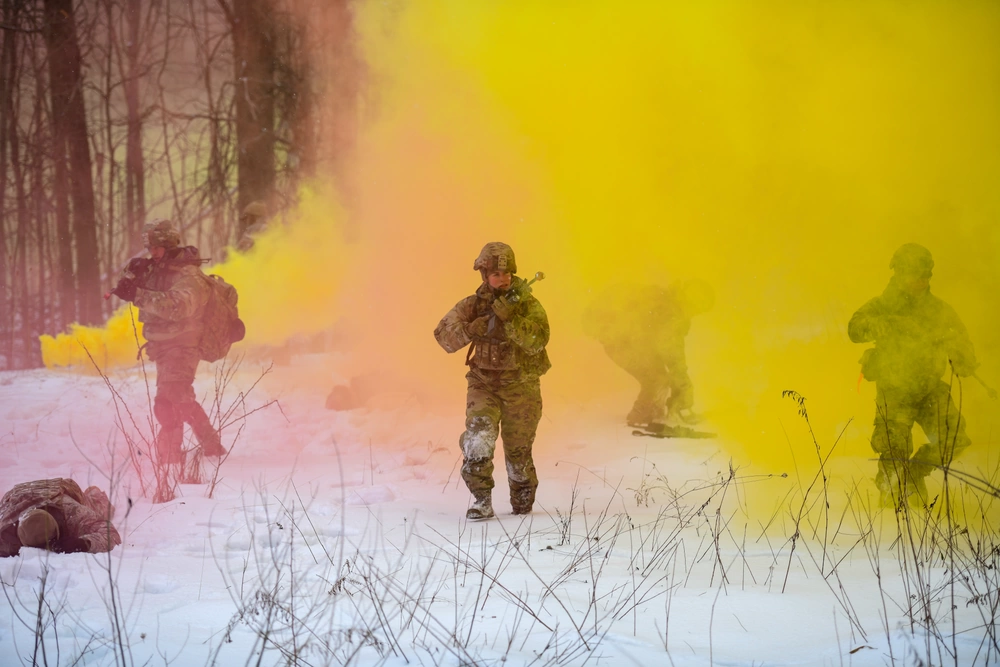
The Army is working on a next-gen smokescreen that can disrupt enemy sensors
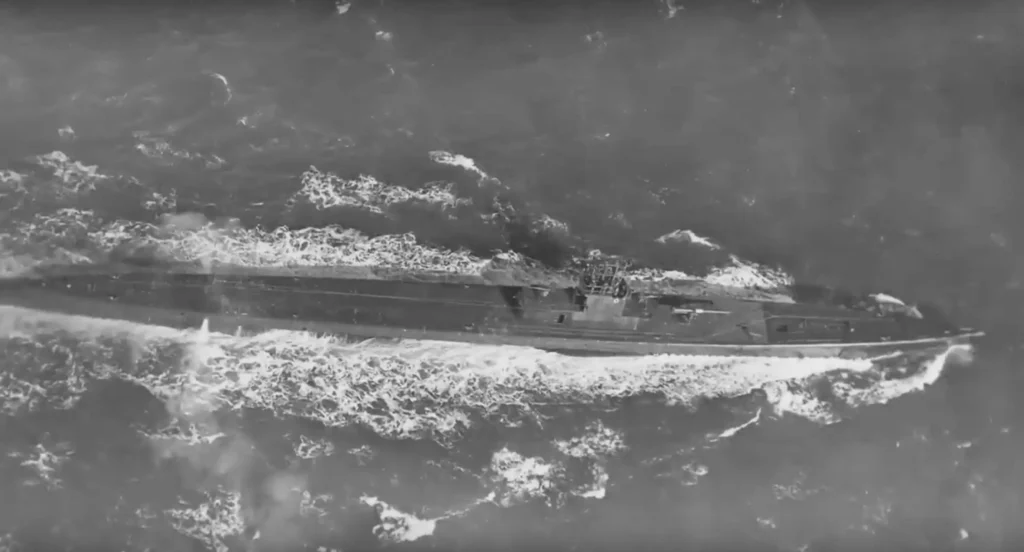
‘USS Dorado Project’ aims to solve WWII’s biggest submarine mystery

The Navy’s plan for its next trainer jet shows how carrier aviation has changed
Sandboxx News
-

‘Sandboxx News’ Trucker Cap
$27.00 Select options This product has multiple variants. The options may be chosen on the product page -

‘AirPower’ Classic Hoodie
$46.00 – $48.00 Select options This product has multiple variants. The options may be chosen on the product page -

‘AirPower’ Golf Rope Hat
$31.00 Select options This product has multiple variants. The options may be chosen on the product page -

‘Sandboxx News’ Dad Hat
$27.00 Select options This product has multiple variants. The options may be chosen on the product page
